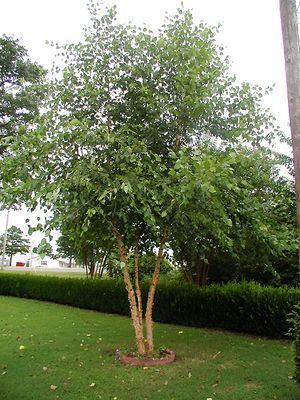Subgenus Neurobetula Higher classification Birch | Genus Betula Scientific name Betula nigra Rank Species | |
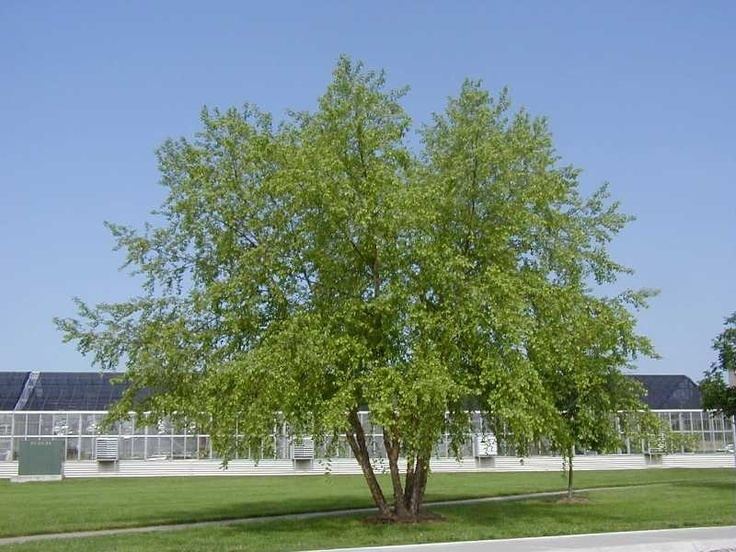 | ||
Similar Birch, Paper birch, Betula lenta, Betula utilis, Black tupelo | ||
Betula nigra (black birch, river birch, water birch) is a species of birch native to the Eastern United States from New Hampshire west to southern Minnesota, and south to northern Florida and west to Texas. It is one of the few heat-tolerant birches in a family of mostly cold-weather trees which do not thrive in USDA Zone 6 and up. B. nigra commonly occurs in flood plains and/or swamps.
Contents
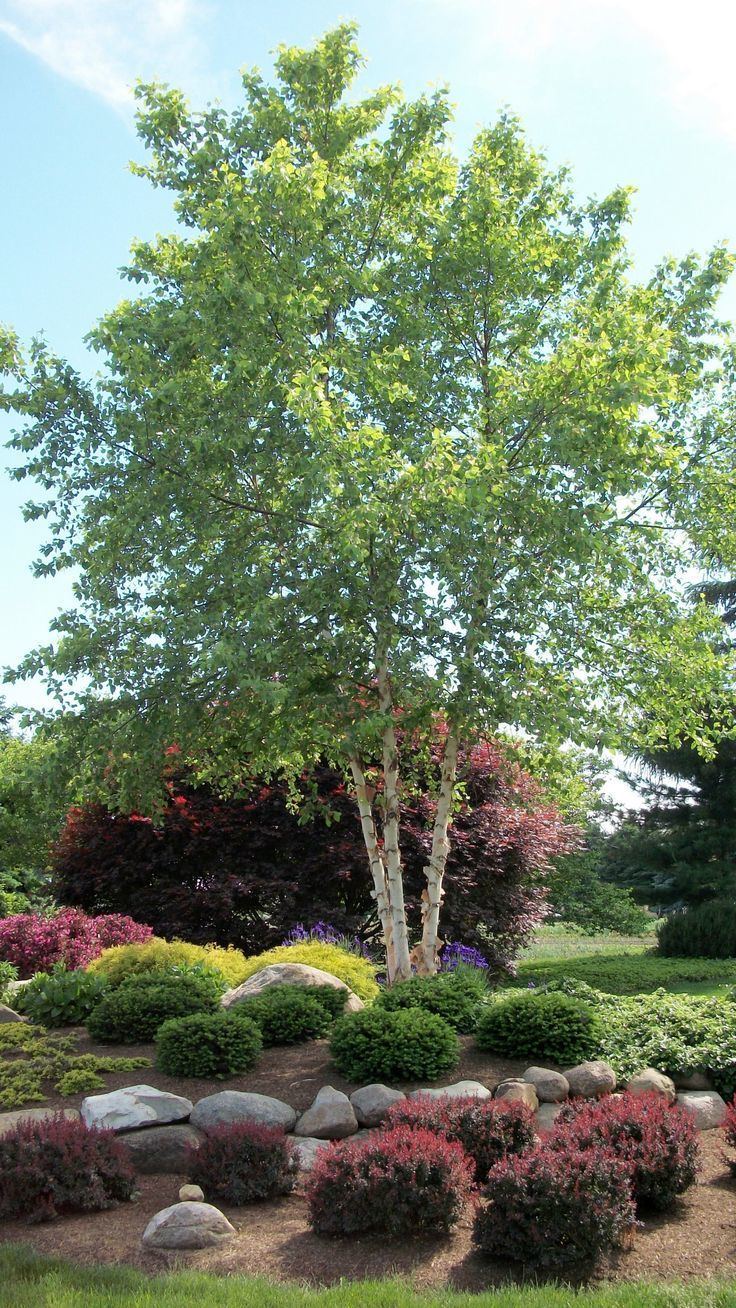
Description
It is a deciduous tree growing to 25–30 meters (80–100 ft) with a trunk 50 to 150 centimeters (20 to 60 in) in diameter, often with multiple trunks. The bark is variable, usually dark gray-brown to pinkish-brown and scaly, but in some individuals, smooth and creamy pinkish-white, exfoliating in curly papery sheets. The twigs are glabrous or thinly hairy. The leaves are alternate, ovate, 4–8 centimeters (1 1⁄2–3 1⁄4 in) long and 3–6 centimeters (1 1⁄4–2 1⁄4 in) broad, with a serrated margin and five to twelve pairs of veins. The flowers are wind-pollinated catkins 3–6 centimeters (1 1⁄4–2 1⁄4 in) long, the male catkins pendulous, the female catkins erect. The fruit is unusual among birches in maturing in late spring; it is composed of numerous tiny winged seeds packed between the catkin bracts.
Cultivation and uses
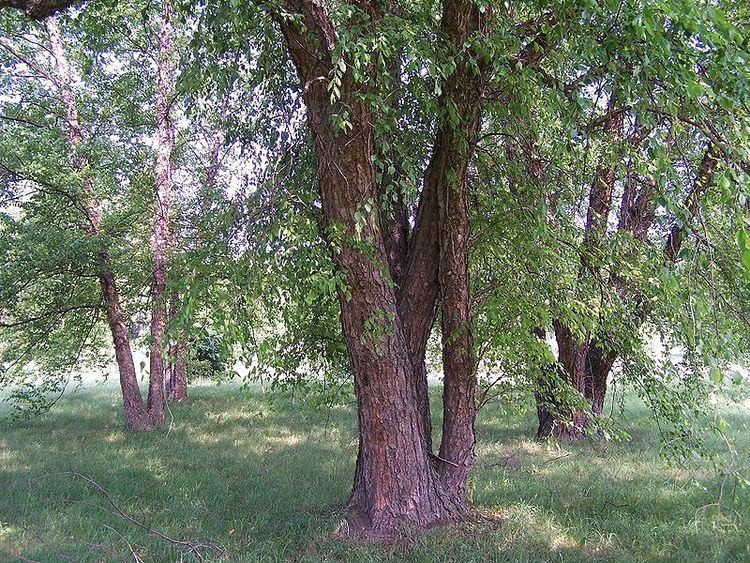
While its native habitat is wet ground, it will grow on higher land, and its bark is quite distinctive, making it a favored ornamental tree for landscape use. A number of cultivars with much whiter bark than the normal wild type have been selected for garden planting, including 'Heritage' and 'Dura Heat'; these are notable as the only white-barked birches resistant to the bronze birch borer Agrilus anxius in warm areas of the southeastern United States of America.
Native Americans used the boiled sap as a sweetener similar to maple syrup, and the inner bark as a survival food. It is usually too contorted and knotty to be of value as a timber tree.
Essential oils
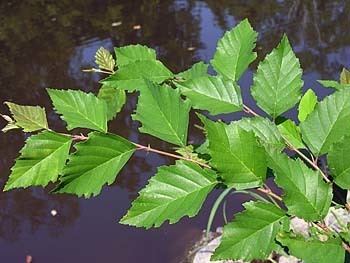
The essential oils derived from leaves, inner bark, and buds of B. nigra are mostly composed of eugenol, linalool, palmitic acid, and heptacosane with many more compounds in smaller concentrations. The combined essential oils are phytotoxic to lettuce (Lactuca sativa) and perennial ryegrass (Lolium perenne) seedlings. They have also demonstrated insecticidal, nematicidal, and antibacterial properties.
